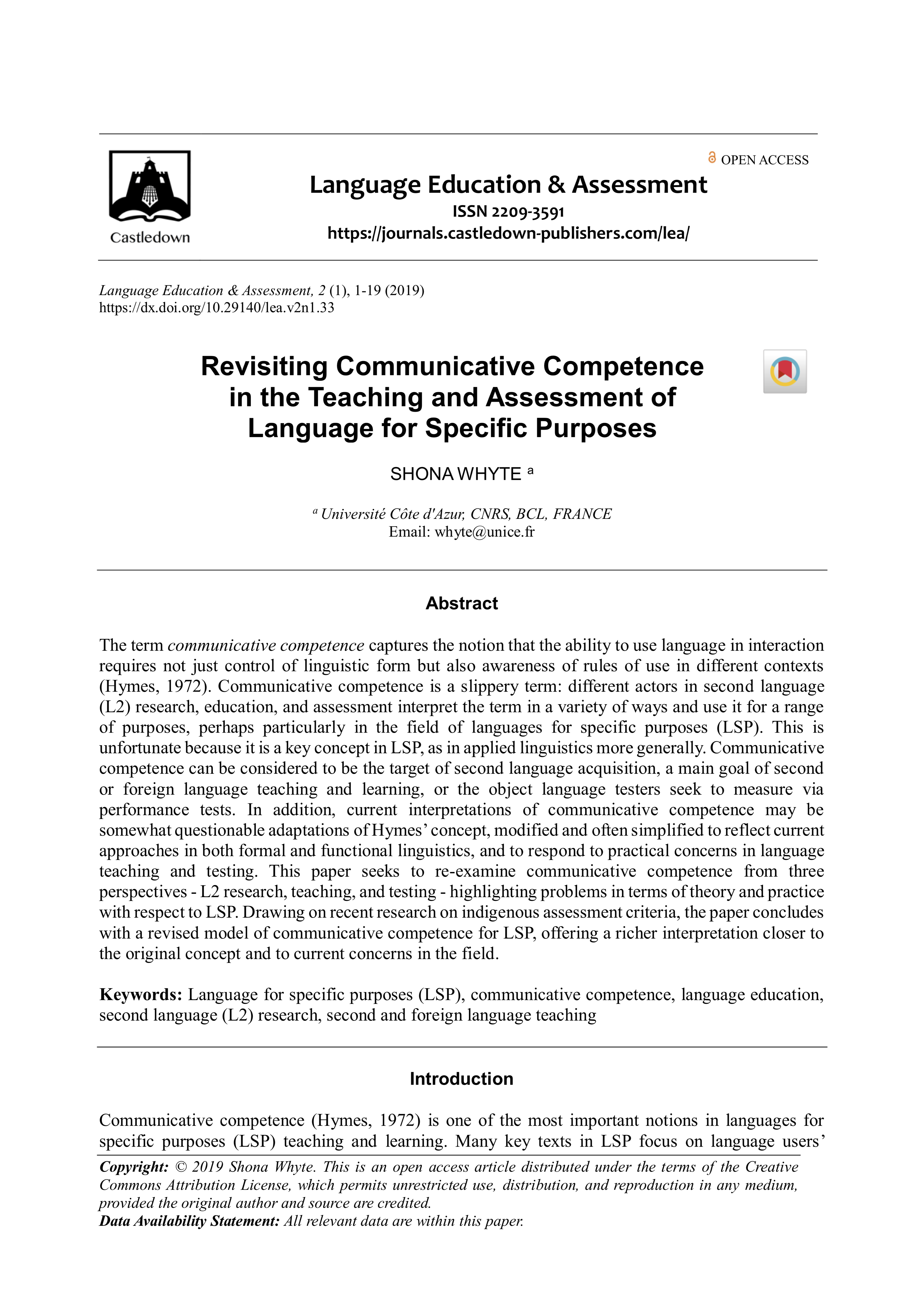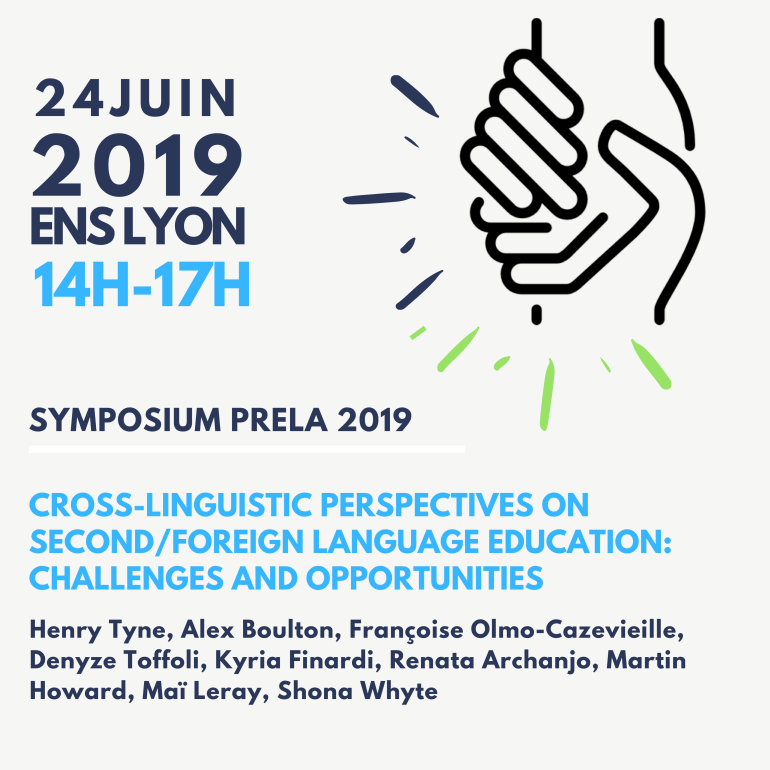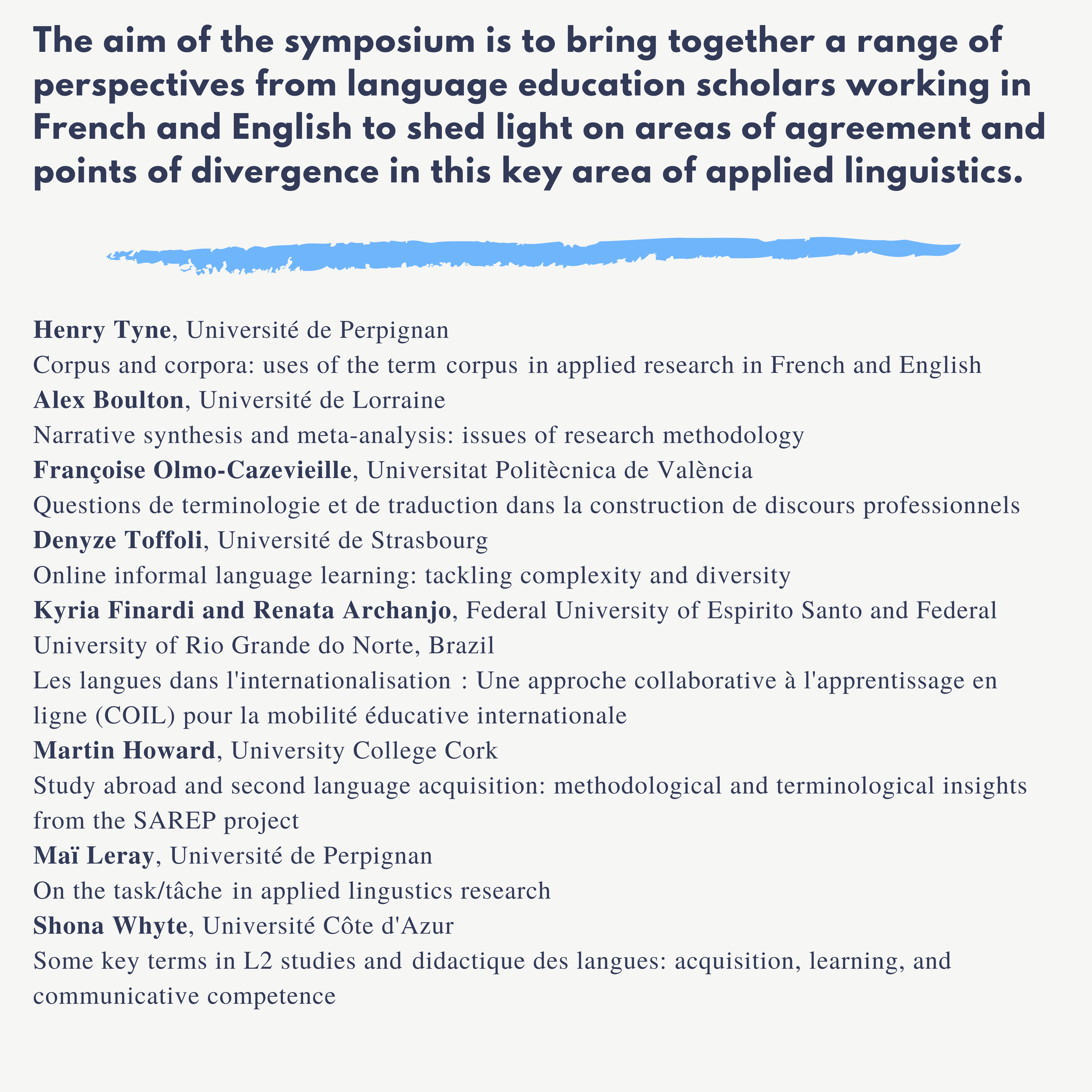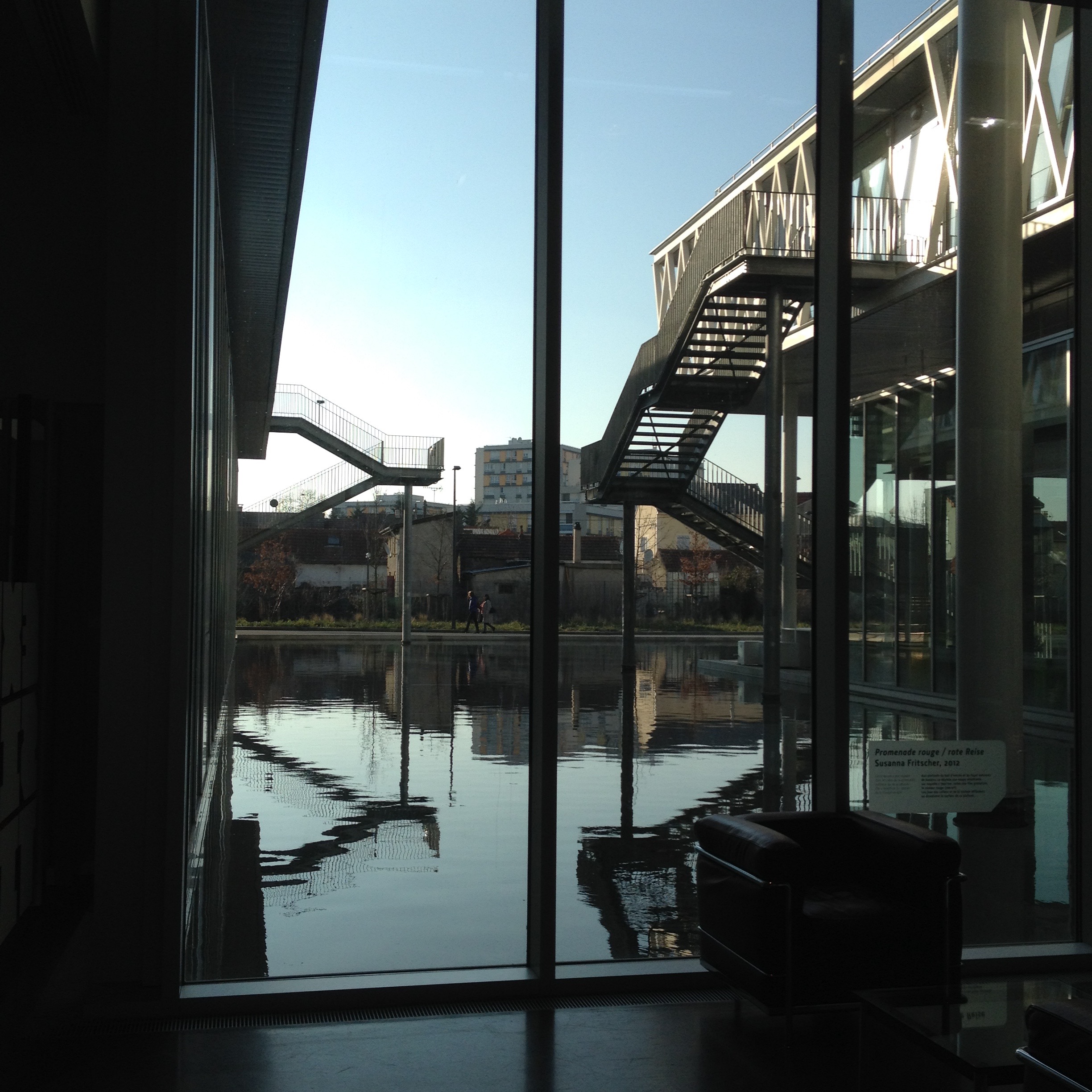Here’s an open access article I just published in Language Education and Assessment. It has a history of different interpretations of the notion of communicative competence, looks at the concept in relation to the CEFR in terms of proficiency testing and learner profiles, and then makes use of recent work in specific purpose testing to propose an updated definition of communicative competence and a framework for using it in LSP teaching and testing.
Whyte, S. (2019). Revisiting communicative competence in the teaching and assessment of language for specific purposes. Language Education and Assessment. https://dx.doi.org/10.29140/lea.v2n1.33

The conclusion argues for
an expanded view of communicative competence which is more faithful to Hymes’ (1972) original conception and reflects a number of advances in L2 research over the intervening five decades. One is the realisation that native-speaker norms are not the most relevant in LSP: formal linguistic accuracy is of little importance in any real-world context outside the language classroom. Another finding is that indigenous criteria for the assessment of communicative competence in both L1 and L2 contexts can produce categories of language use which offer reliable and valid indicators of speakers’ performances. These criteria are comparable across disciplines and across discourse events and task types yet show little overlap with the linguistic criteria used in traditional EAP or LSP tests. This finding supports the view that our recent interpretations of communicative competence in language testing have failed to take the wider dimensions of this notion into account. I have argued that a middle ground between discrete formal linguistic criteria and broad extralinguistic factors is to be found in Hymes’ original conceptions of both knowledge and ability for use, and that these dimensions can be usefully explored by researching interactional patterns and discursive practices in LSP communication.
And this is how I apply Hymes’ notion of communicative competence in LSP:





 Tube You Teach is a course for second/foreign language teachers on using audiovisual resources in the language classroom. Offered to French pre-service secondary school teachers of English, German and Spanish, it comprises 8 modules using a variety of digital tools to explore different teaching methods, some rules for online collaboration, and resources for language teaching with images, audio and video resources.
Tube You Teach is a course for second/foreign language teachers on using audiovisual resources in the language classroom. Offered to French pre-service secondary school teachers of English, German and Spanish, it comprises 8 modules using a variety of digital tools to explore different teaching methods, some rules for online collaboration, and resources for language teaching with images, audio and video resources.
